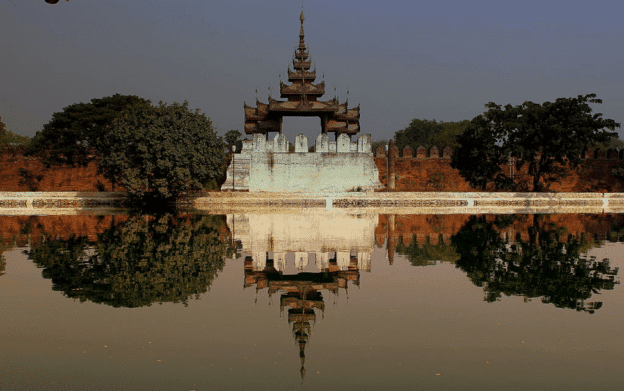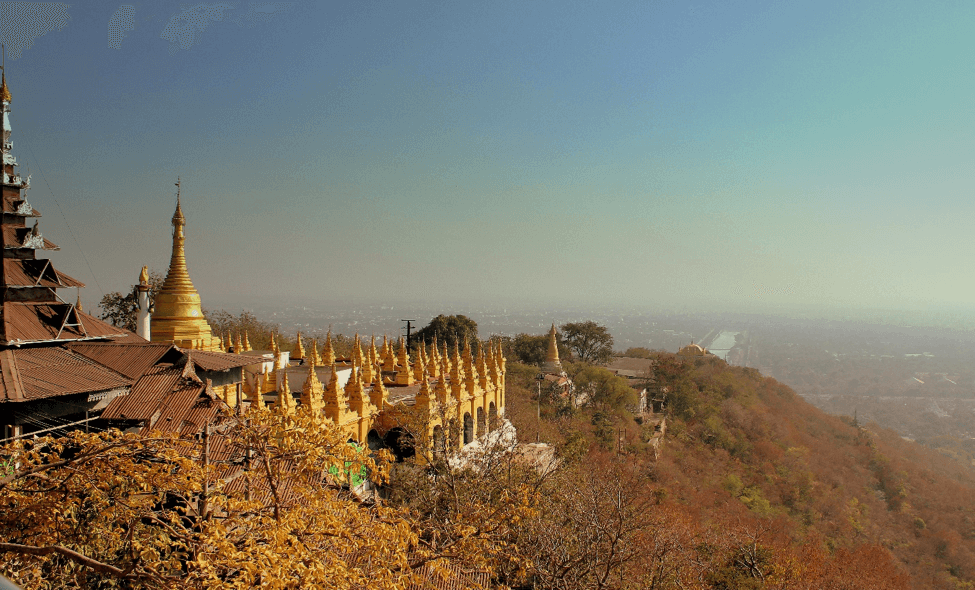We love to name our beautiful cast stone mantels after the world’s great cities. This week we’ll explore Mandalay, Burma, for which our Mandalay mantel is named. This busy Asian city has played an important part in Burma’s history since its founding as a royal capital in 1857. With a current population of 1.2 million people, it’s now Burma’s second largest city and a center for business, education and health.
History
King Mindon chose the city’s location back in 1857 because of its auspicious position between four rivers. His minions quickly got to work building a huge citadel, complete with turrets and gold-tipped spires. Workers dismantled the old royal palace of Amarapura and loaded it onto elephants to be moved to the new site. They also built a large library to house Buddhist manuscripts. Burmese monarchs ruled from Mandalay until the British colonized Burma in 1885.
Under British rule, the power center shifted to Rangoon. Mandalay was known as a center of Buddhist learning and Burmese culture. The twentieth century brought tragedies, with much of Mandalay’s population fleeing a plague in 1904, and the Japanese occupation and Allied bombing during World War Two.
In 1948, Burma became independent from Britain. A military junta renamed the country Myanmar in 1989. Through economic downturn, fires and military rule, Mandalay has proved itself a resilient city and maintained a reputation for retaining Burmese culture. A huge influx of Chinese from Yunnan and Sichuan provinces has revitalized the city’s economy.
What to see
Mandalay has the liveliness and crowds of many large Asian cities. But sightseers still find many remnants of its royal past. Here are a few special Mandalay sites:
Mandalay Hill – The 760 foot hill gives visitors great views of the mostly flat city. The route up – which passes through pagodas and temples – is half the fun. Go at sunset, when local monks converge. Don’t be surprised if they ask you to help them practice their English.
Shwe In Bin Kyaung — While many Burmese temples are covered in gold, this is a rare, exquisitely carved teak monastery. Take your time absorbing all the nuances of this 1895 building.
Mandalay Palace — The original palace didn’t survive 150 years of rough living. But the 1990s reconstruction will give you a feel for what it used to be like. A timber-walled, spiral watchtower is worth climbing for the views.
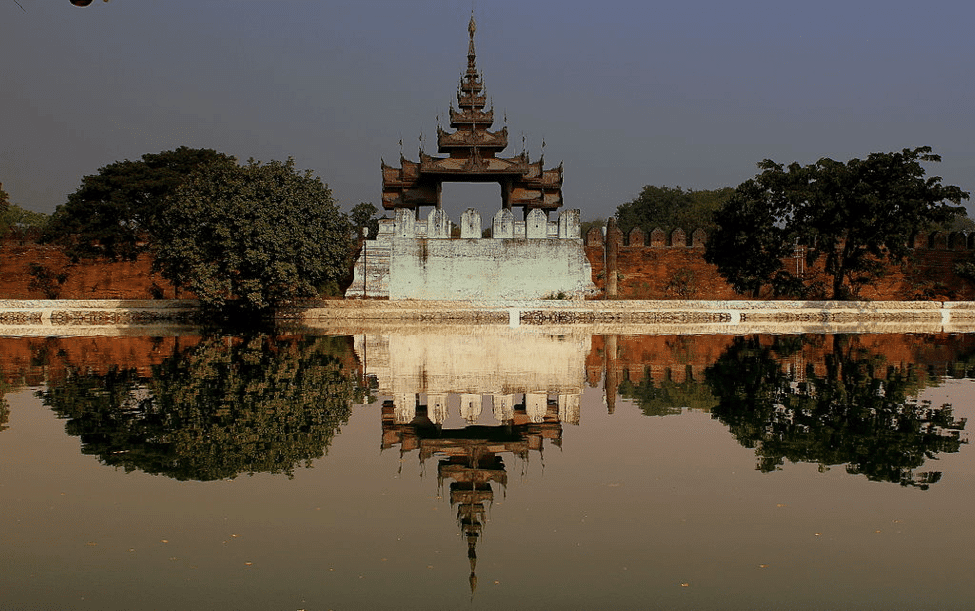
Palace and moat
Jade market – Visiting the crowded, smoky jade market gives visitors a fascinating peek into the jewel trade. Watch craftspeople cut and polish jade, and businessmen haggle.
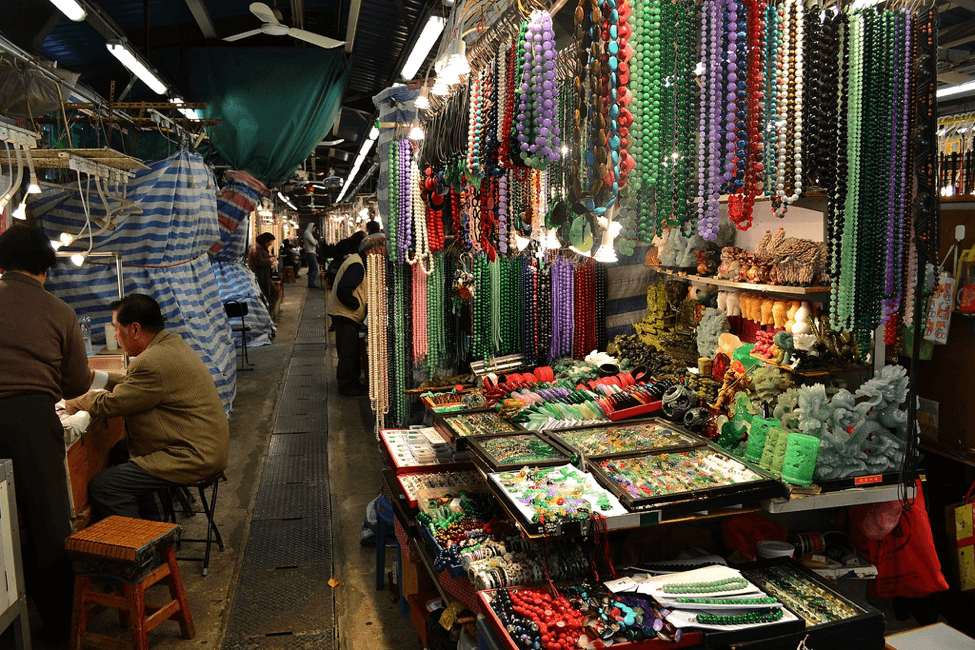
Shopping the Jade Market
Gold Pounders District – If your taste runs more to gold, this is the place to see workers pound gold into gold leaf. Now you’ll understand where all the gold leaf comes from that covers Buddha statues and temples.
Our Mandalay Mantel
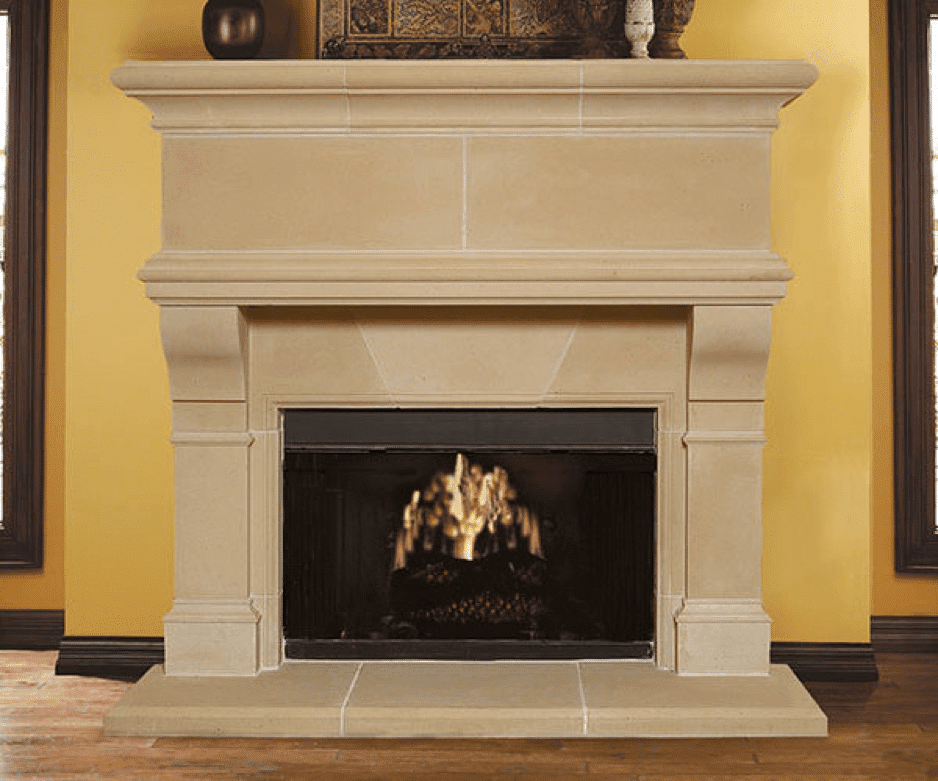
After reading about Mandalay, you might expect our fireplace mantel to be wrapped in gold leaf and studded with jade. Instead, we opted for clean, cool lines, providing a feeling of respite that people crave in a busy, tropical city. But if you want to set a jade Buddha atop your Mandalay mantel, we think that would look terrific.
Is it time to upgrade? Whether the Mandalay or one of our other beautiful mantels is right for your home, give us a call. We live to talk mantels.

